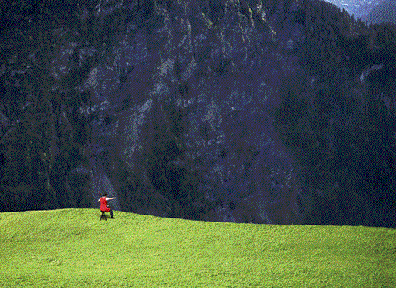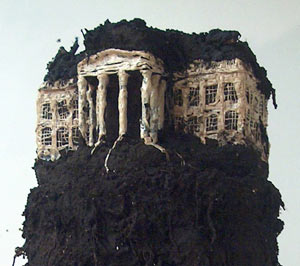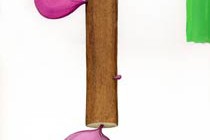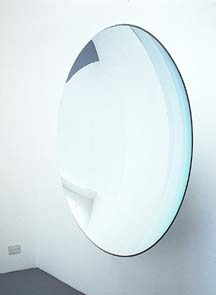“To comprehend is not to construct an intellectual thesis but to apprehend by coexistence, the consciousness that is at the same time spontaneous and reflected.”
Maurice Merleau-Ponty, The Visible and the Invisible
How do we come to know? Which faculties participate as we come to understand the world? Arguably, in the West, language holds primacy over sense perception as a way of coming to understand. Language does, admittedly, give us a means to explore and to debate the social, the theoretical, the historical. Yet for all it can facilitate, it is limited. For Maurice Merleau-Ponty, whose late writings inspired this exhibition, language is itself a body, and it is a body through which we can learn. However, as much as it can house us and as much as it is a framework for experience, language does not replace the flesh. The two are intertwined. In that mix there is an equally valid mode of knowing. That mode is the sensuous. Vresela Sretenovic, the curator at the Bell Gallery, sought deliberately to bring together works that emphasize an active silence and contribute to a “speechless, sensuous knowing.” Overall, the effort approaches success.
Entering the gallery was an experience with a palpable stillness; the perception at the fore of my immediate encounter was the gut - the irrational, intuitive gut. Along the main axis of the gallery to the show’s frontispiece, Echo, a DVD projection by artist Su-Mei Tse of Luxembourg. A cellist sits upon turf at the edge of a cliff-top alpine meadow that is such a preternatural green that it contributes to the viewer’s possible irrational leap. In a vermilion gown, the cellist is prepared to perform. As her bow is drawn to emit deep chords, the viewer awaits not a phenomenon of physics but a vibratory response from the Dolomites themselves. A fantasy is enacted in this collaged landscape and its influence is felt throughout the exhibition.
In the adjacent alcove are an enamel-on-panel diptych painted by Kate Shepard and an analogous Fred Sandback sculpture. In Sandback’s work the proper alchemy is not in the taut thread itself but in its shared existence with the artifact of its being. In particular, it is the shadows, cast from floor to ceiling, that are the affecting element. The formal elements of Corner Construction are reflected and repeated in the high-gloss nearby. Midnight Blue, Turnsies is punctuated by two tight verticals: a white line that is “inside corner” and a white line that is “outside corner.”
Yoshiro Suda’s meticulous sculpture, Ma, is a testament, not unlike Echo, to the potential for artifice to function as a radiant beacon. No bigger than my outstretched palm, the carved and painted wooden flowers possess a potency that serves the exhibition’s goal to “elicit the full capacity of feeling and imagination.”
The delicacy of Ma is countered by the enigmatic wall-drawing opposite. Sandra Cinto contributes: Untitled (wall drawing) - an expansive work of muted color, 400 square feet, crisscrossed by repeated biomorphs in ink line. Cinto’s inclusion perhaps an illustration of Merleau-Ponty’s literal search for the infrastructure of thought in the body.
Two pieces remain. There is a broad wall of hydrocal casts called Galaxies by Regi Müller. Lack of referent (aside from the title) invites one to enter into an imaginative physical affair with the work. And finally, Yael Bartana’s DVD projection Trembling Time closes the parentheses.
Links:
David Winton Bell Gallery, Brown University
“InVisible Silence” was on view until October 24th at the David Winton Bell Gallery, Brown University at 64 College St. in Providence, RI.
All images are courtesy of the artists and the David Winton Bell Gallery.
Thomas Doran is a new contributor to Big, Red & Shiny.




